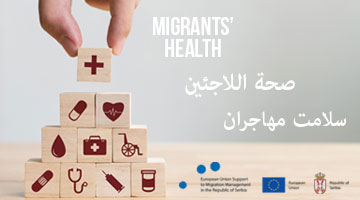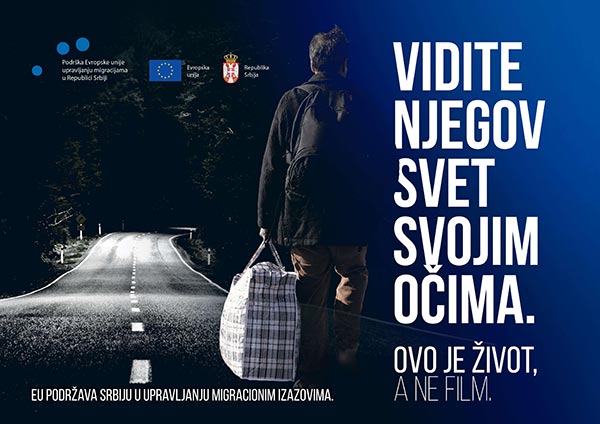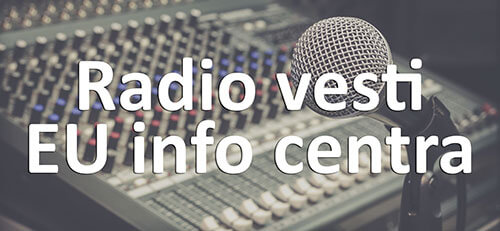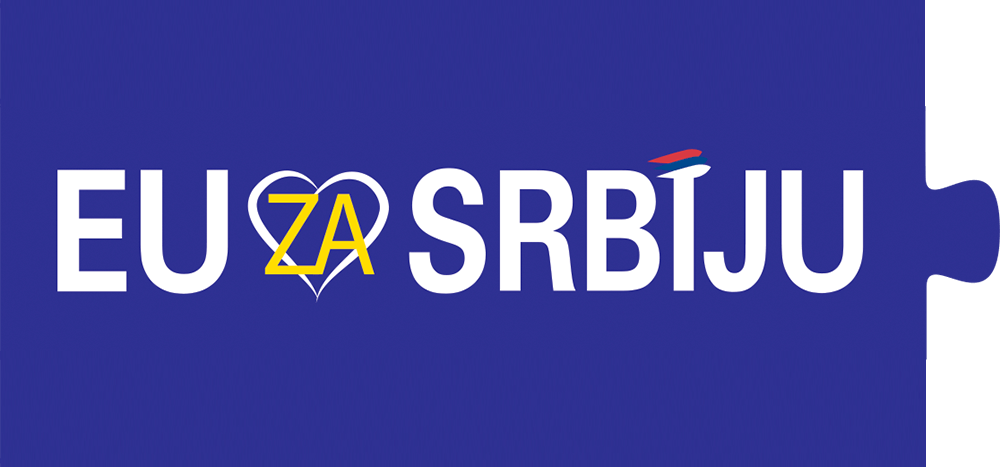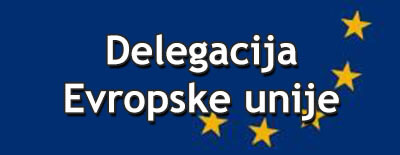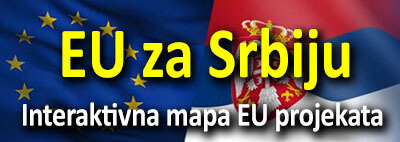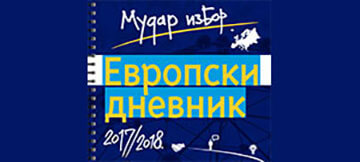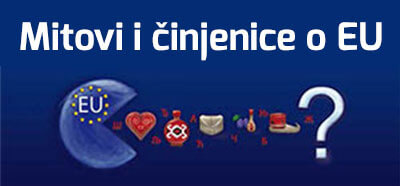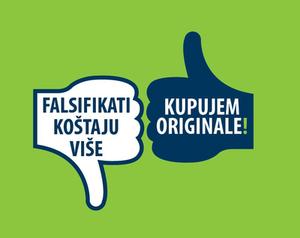27 July 2021
Language classes help young refugees in Serbia integrate more easily
For Firash, 17, and Asadi, 18, who fled Afghanistan more than a year ago, learning Serbian is more than mastering a new language. It’s a gateway to understanding the country’s culture and customs.
The more they learn, the more they integrate and the greater their sense of belonging.
“This course has in many ways enabled me to communicate with the community. It has also proven quite beneficial for establishing connections with this society. Thanks to it, I met new people,” said Firash.
For his friend Asadi taking part in language, classes are also a way to learn about the way of life in Serbia.
“Thanks to our teacher Rajko, through these classes we get acquainted with the culture, and the historical and scenic places of this country,” Asadi said.
The pair had a difficult journey from Afghanistan and upon their arrival in Serbia, they were accommodated in the asylum center in Bogovadja in central Serbia. UNHCR, the UN Refugee Agency, successfully advocated for their transfer to Belgrade, and soon afterward they started to attend Serbian classes.

“Firash has a natural talent for foreign languages. Even during his stay in Bogovadja, he succeeded in catching some phrases in Serbian. When we started with more structured lessons here in Belgrade he made very good progress. At his insistence, even when we are texting each other, we use only Serbian,” said Bojan Sretenović, a language instructor and cultural mediator with the Crisis Response and Policy Center (CRPC).
The project aims to overcome the language barrier so young refugees and asylum-seekers can enter formal education. Serbia’s educational system includes vulnerable groups, but it is difficult if a person does not speak the main language, CRPC said.
UNHCR supports the CRPC project because it benefits unaccompanied children and other persons in need of international protection in Serbia.
“During the conversation with children, among other things, we explore whether there is an interest in staying in Serbia and starting the asylum procedure. The early identification of asylum-seekers and refugees upon arrival is crucial for their successful inclusion. Once they go down that path, taking language classes is very important for their sense of belonging to the new society,” Aleksandra Mrkela, UNHCR child protection assistant, said.
This initiative was made possible as part of the activities funded by the European Union. The EU is the largest donor in the Republic of Serbia in migration management. Since 2015, with the increased mixed migration, flows to the territory of Serbia, the EU has assisted Serbia with more than EUR 130 million.
Furthermore, because learning language and culture go hand in hand, conversation classes are sometimes held outside the classroom. One day, Firash and Asadi’s class combined conversation with a stroll around the Kalemegdan fortress in Belgrade. It was a chance for them to learn about the history of Serbia’s capital first-hand – and the language.
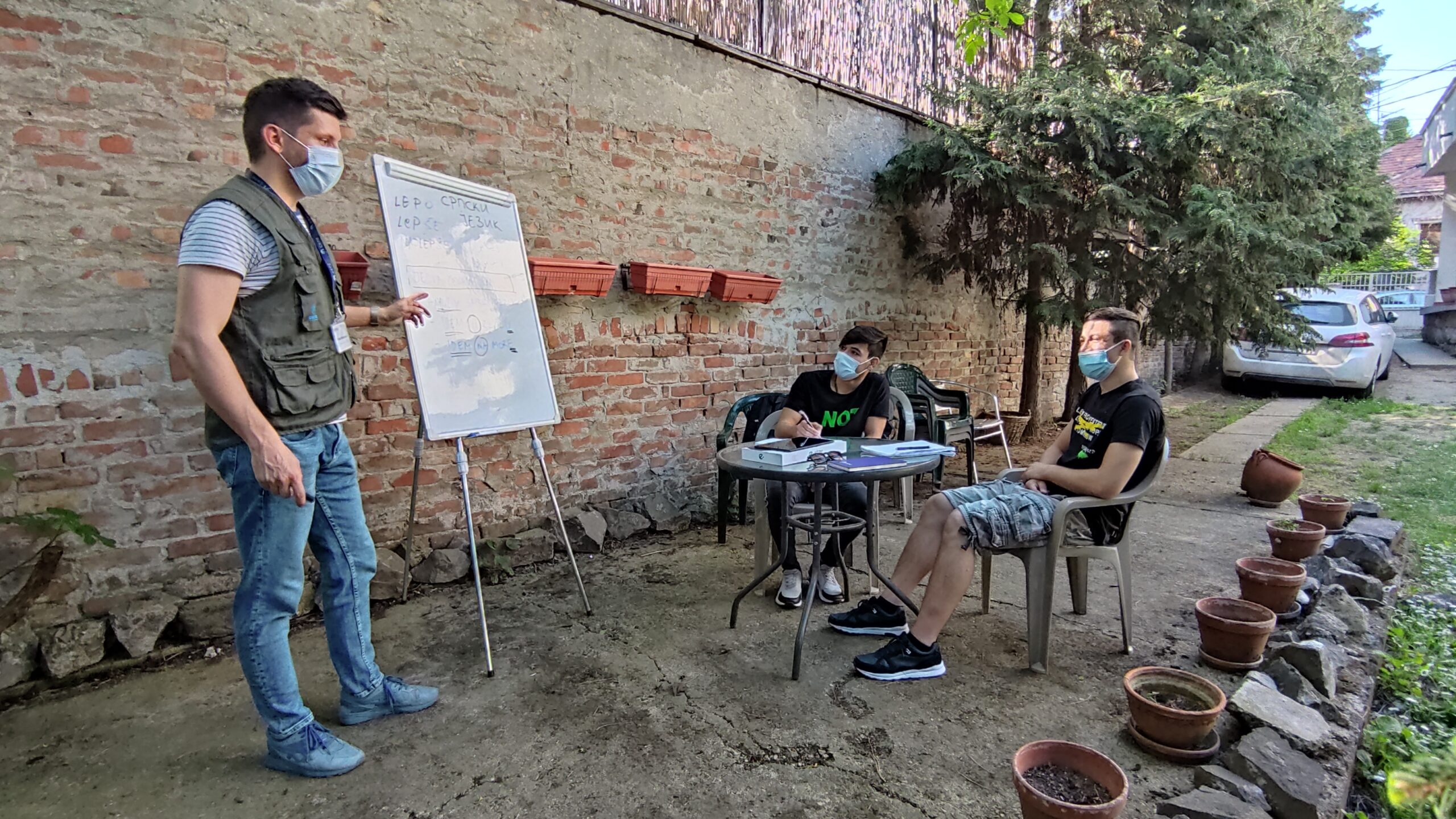
Classes are tailored to each student’s needs. A student interested in becoming a hairdresser would be taught vocabulary for hairdressing school. The same goes for cooking or any other career aspiration, a CRPC associate said.
And the experience of learning about everyday life and participating in seemingly ordinary activities is invaluable. Firash and Asadi are a case in point. When they first arrived in Belgrade they had initially wanted to continue their journey to western Europe. However, the change of opinion came after only one visit to the cinema.
“The boys were so delighted with the film and the overall experience of going to the cinema, that after the screening, they said with a twinkle in their eyes that they were starting to feel at home in Serbia and that they would like to stay here,” Bojan said.
*The names have been changed for protection purposes
By Dragan Vukotić







